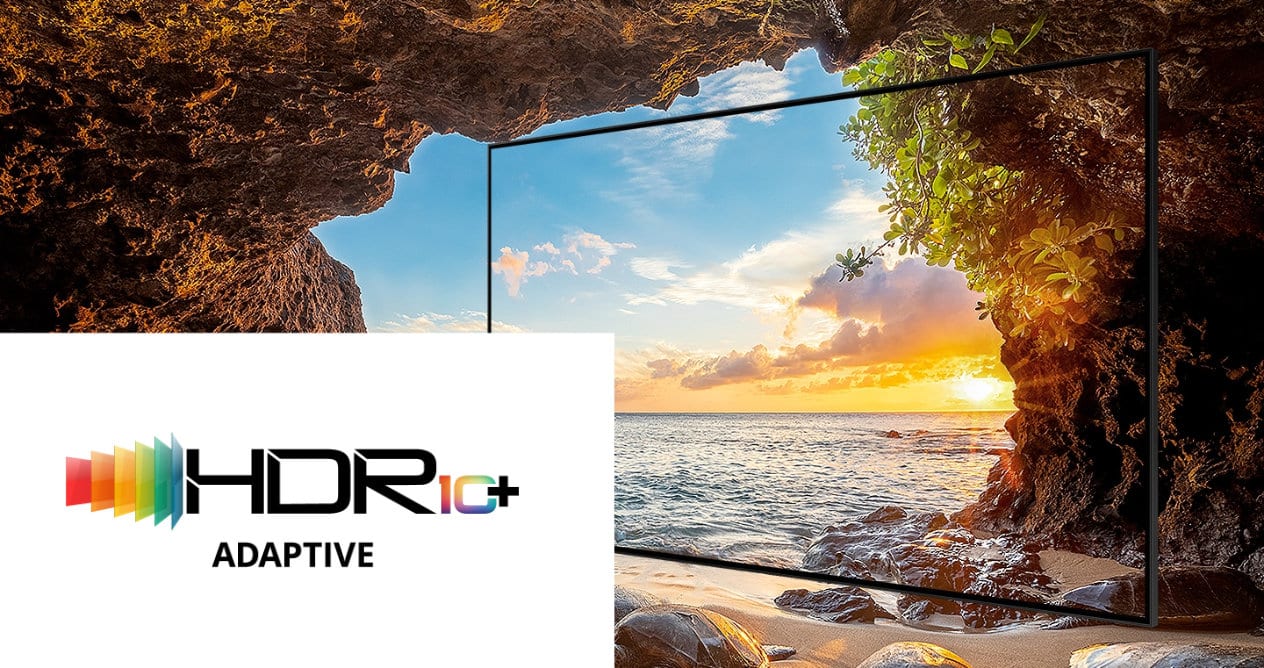
If before it was already somewhat complex to clarify among so many standards that affected the subject of high dynamic range content, soon it will be practically impossible to be clear about what each brand and each platform offers. The number grows and now it is Samsung whoever announces HDR10+ Adaptive. What is this adaptive? We will explain it to you quickly.
Samsung and its adaptive HDR, what is it?

HDR10 + Adaptive is a new proposal by Samsung that comes as a response to Dolby and its Dolby Vision IQ, a version of the HDR standard designed to adapt all this high dynamic range content in an intelligent way based on the ambient light in the room where the screen is located.
This control of these brightness levels is managed through the use of light sensors that would be incorporated into televisions that support these new versions. So if you have a TV that is compatible with Dolby Vision or HDR10+, it would not imply support for these, as they certainly lack them.
On the part of Samsung this new standard It will come hand in hand with the new QLED televisions that it will launch and has already claimed that it will improve the experience when consuming content in environments that are not completely dark. Something that really happens more often than many think. Because although many manufacturers advise enjoying HDR in a dark room, it is not always possible or wanted to do so.
Whether or not there will be an option to get this technology to the current brand televisions, especially the higher-end ones, Samsung has not commented on anything. So we will have to wait for future movements to find out. However, neither should you be obsessed if you are one of those who when you go to see a movie or series in HDR bother to get the best lighting environment.
The chaos of HDR formats increases

Since we began to enjoy high dynamic range content on televisions and monitors all this technology has evolved like any other. This has meant an improvement in the whole issue of creation, management and visualization that is appreciated, but it has also brought the problem that each brand has decided to bet on a standard .
For example, Samsung has gone for HDR10+ together with other brands such as Philips, Panasonic or TCL and lowered support for proprietary technologies such as Dolby Vision. Sony, LG and Loewe, to give a few examples, did something similar and although they support Dolby Vision and HLG, they do not do the same with HDR10+.
What is the problem with all this? Well, there are users who buy a television compatible with the display of high dynamic range images and then realize that not with all the content. Or even worse, with all platforms. And it is true that there are both physical supports and platforms that offer several options, but when this does not happen it is normal to feel a little disappointed.
With this new HDR10+ Adaptive, Dolby Vision IQ and those that are surely to come, none of this is going to change. But let's hope that soon everything will be much clearer and that if there are several options they will be the minimum possible. Thus, the user will be the one who really benefits from a technology that certainly improves the viewing experience, much more than the increase in resolution.